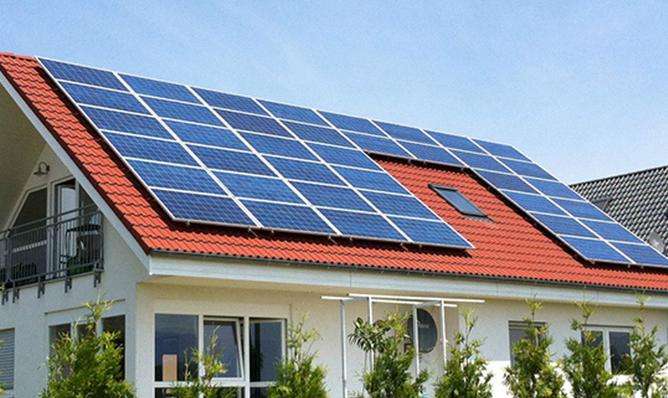1. Principle of the solar cell
Sunlight shines on the p-n junction of the semiconductor to form new hole-electron pairs. Under the action of the electric field of the p-n junction, the holes flow from the n region to the p region. Region. Electrons flow from region p to region n and a current forms once the circuit is connected. This is how photovoltaic solar cells work.
Solar power generation methods There are two solar power generation methods
One is the light-heat-electricity conversion method, and the other is the direct light-to-electricity conversion method.
2. Classification of solar cells
According to the crystallization state, solar cells can be divided into two categories: crystalline thin film type and amorphous thin film type (hereinafter referred to as a -), and the first is divided into single crystal form and fpolycrystalline elm.
According to the material, it can be divided into silicon thin film type, compound semiconductor thin film type and organic film type. The compound semiconductor thin film type is further divided into amorphous type (a-Si:H). , a-Si:H:F , a-SixGel-x:H, etc.), Group IIIV (GaAs, InP, etc.), Group IIVI (Cds series) and zinc phosphide (Zn 3 p 2), etc. .
Depending on the different materials used, solar cells can also be divided into four categories: silicon solar cells, multi-compound thin-film solar cells, polymer multi-layer modified electrode solar cells and nanocrystalline solar cells. Among them, silicon solar cells are currently the most mature and dominate the application.
(1) Silicon solar cells
Silicon solar cells are divided into three types: monocrista silicon solar cellsllin, polycrystalline silicon thin film solar cells and amorphous silicon thin film solar cells.
(2) Multi-compound thin-film solar cells
Multi-compound thin-film solar cell materials are inorganic salts, which mainly include arsenide compounds of gallium III-V, cadmium sulfide, cadmium. sulfide and copper-indium-selenium thin film batteries, etc.
(3) Polymer multilayer modified electrode solar cells
Replacing inorganic materials with organic polymers is a research direction in solar cell manufacturing that is just emerging. to start. Due to the advantages of organic materials such as flexibility, ease of production, wide material sources and low cost, they are of great importance for the large-scale utilization of solar energy and the supplyture of cheap electricity. However, research into using organic materials to prepare solar cells is only just beginning. Neither the lifespan nor the efficiency of the cells can be compared to that of inorganic materials, especially silicon cells. Whether it can become a product of practical importance remains to be studied and explored in more detail.
(4) Nanocrystalline solar cell
TiO2 crystal nanocrystalline chemical solar cell is a newly developed solar cell. Its advantages lie in low cost, simple process and stable performance. Its photoelectric efficiency is stable at more than 10%, and its production cost is only 1/5 to 1/10 of that of silicon solar cells. The lifespan can reach more than 20 years.














